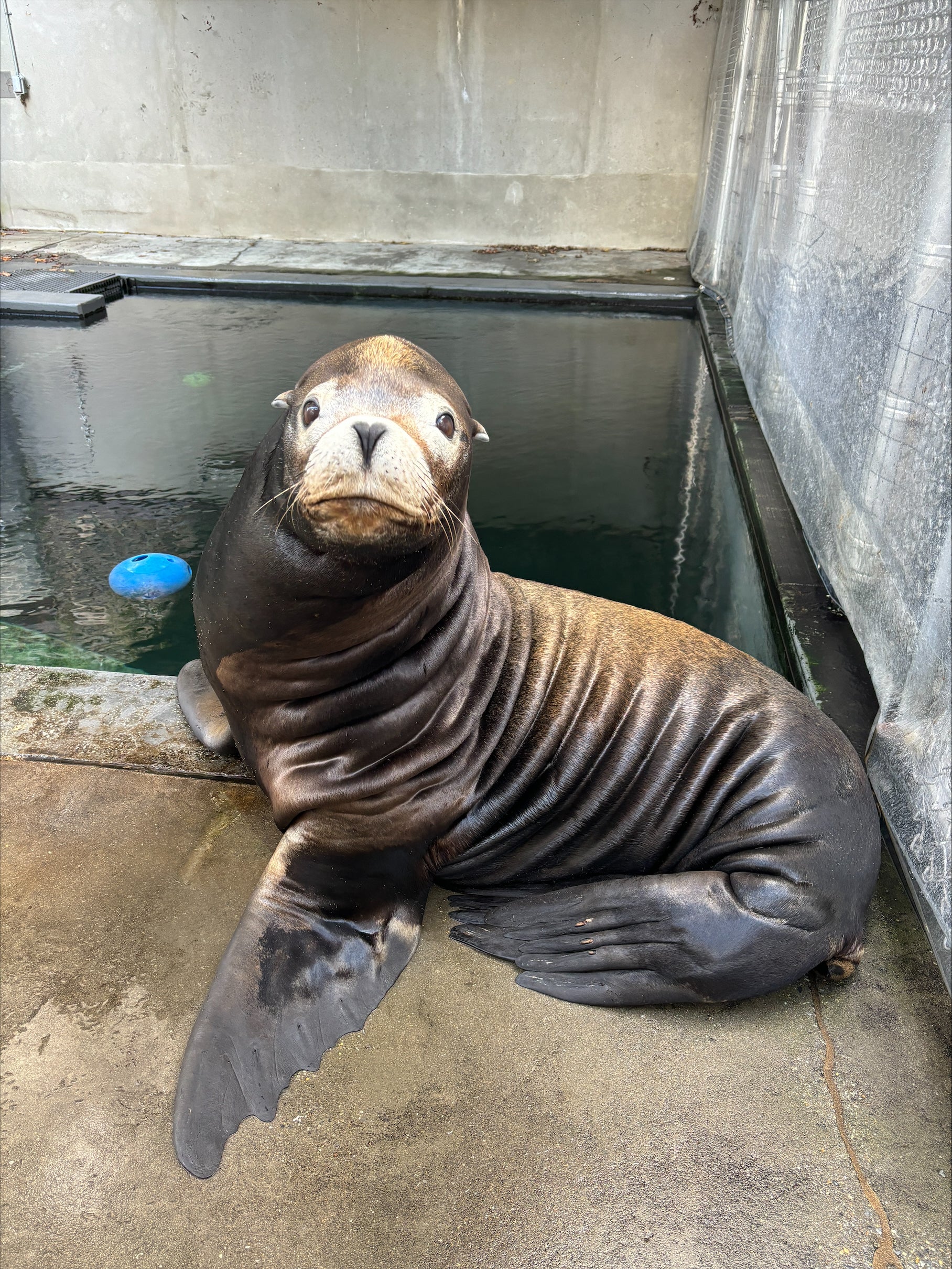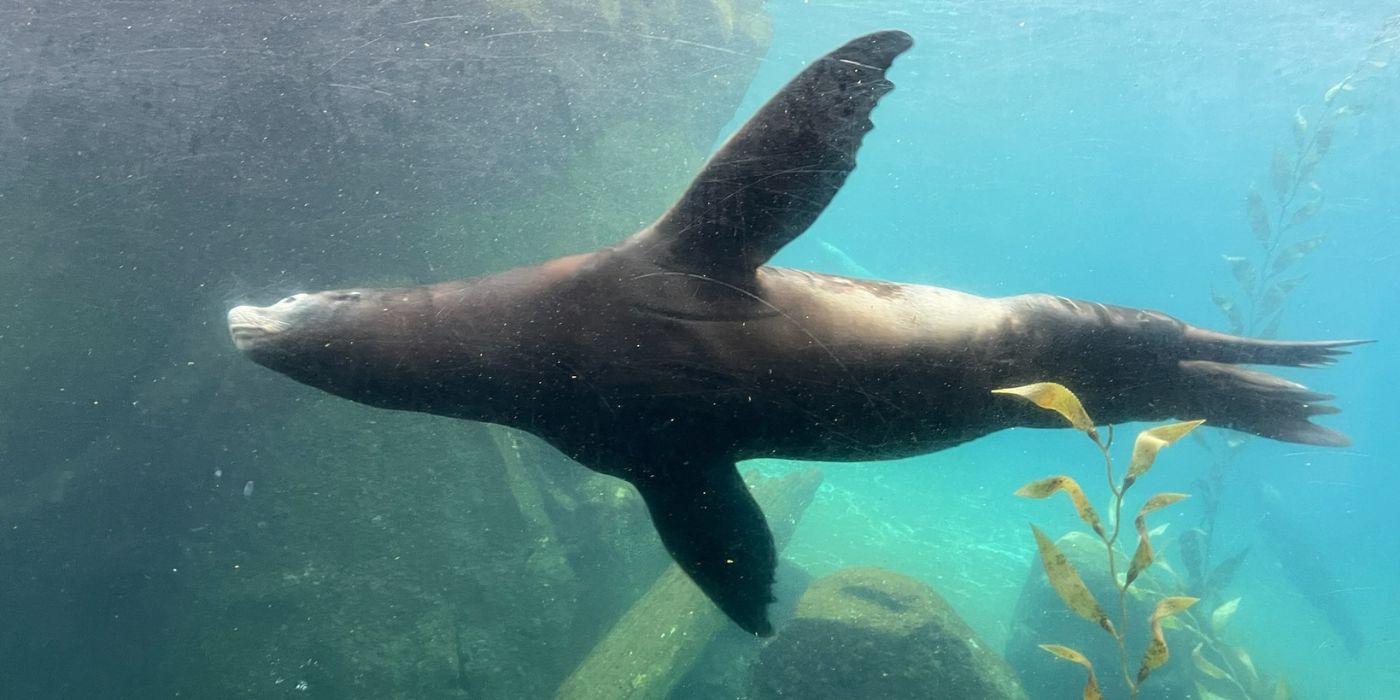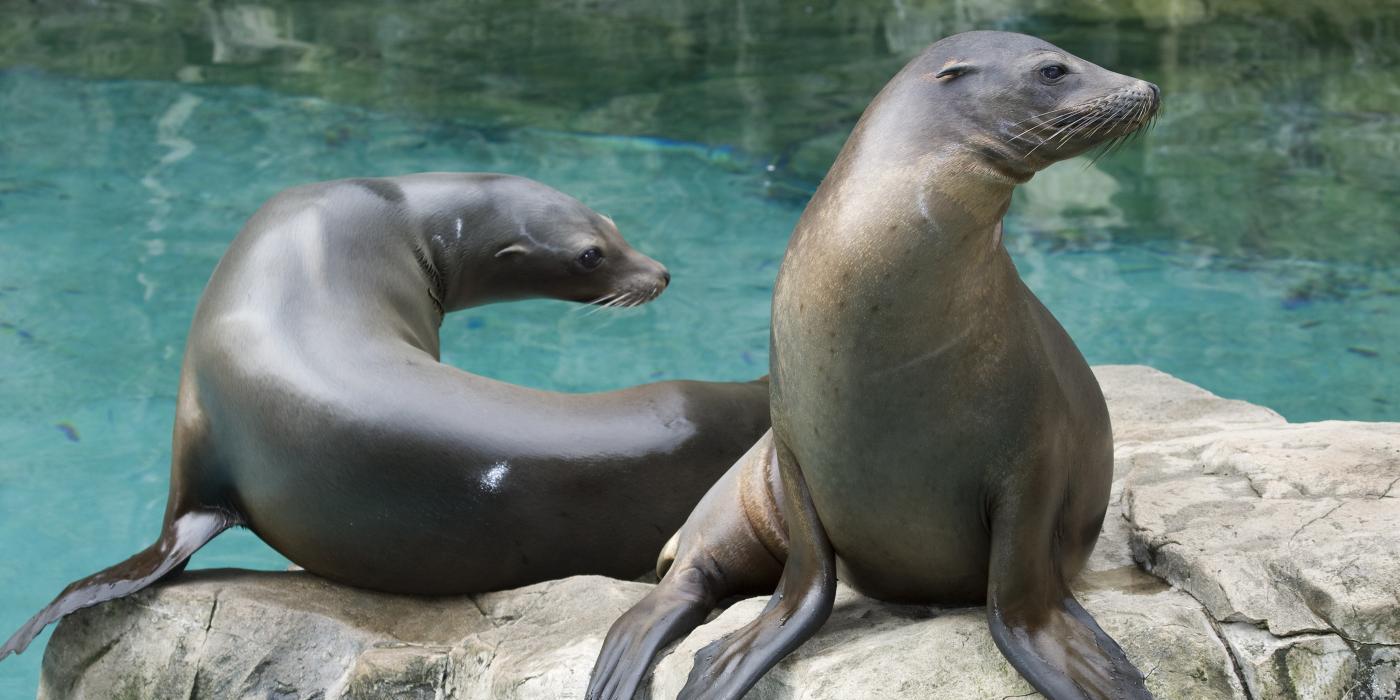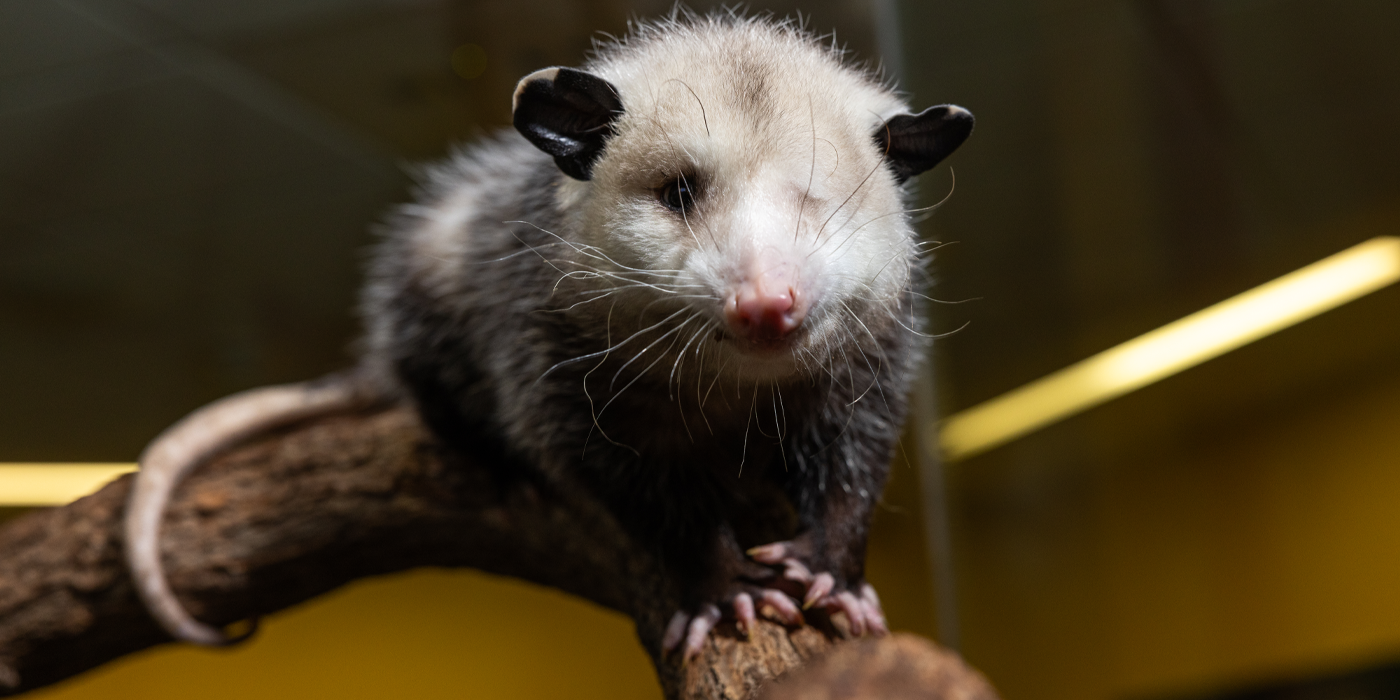New at the Zoo: Meet Nick the California Sea Lion
Before we dive into Nick’s backstory, what are California sea lions?
California sea lions, more technically known as “eared seals”, are a species of marine mammal native to the Pacific coast of North America. We care for two types of pinnipeds at the Zoo – California sea lions and grey seals.
Who is Nick and how did he come to live at the Zoo?
Nick is a 16-year-old, 700 lb. male California sea lion and he is the largest sea lion we have had at the Zoo in the last twenty years. His bark is incredibly loud and quite impressive, and I think visitors will love watching him bask in the sun, play with the other sea lions and just be in awe at how large he is. Nick is a great ambassador for his species, and we hope his story will encourage visitors to learn about sea lions and how they can help save species in their own backyards.
He also joins the ranks of being one of many rescued, non-releasable animals at the Zoo. Nick was found alone on Seal Rock in North Laguna, California with his umbilical cord still attached. He was rescued by the Pacific Marine Mammal Center and because he was so young, Nick needed to be bottle-fed and was hand-raised by humans. He found a permanent home at the Denver Zoo when he was 10 months old.
The Denver Zoo is giving their sea lion habitat some upgrades and needed a temporary home for Nick while they complete the construction. Nick will return to Denver once those habitat upgrades are completed.
How is Nick adjusting to the Zoo?
Nick is a very well-adjusted animal and was eating and training with his new keepers immediately upon arrival. He was very interested and curious about our four female California sea lions. Introductions went well, and Nick is now on exhibit with the rest of the herd.
What do wild California sea lions eat? Is it different from what Nick and the other California sea lions eat at the Zoo?
Wild sea lions are opportunistic feeders and have been observed eating more than 50 different species of fish and cephalopods. Common prey animals for California sea lions include squid, anchovies, mackerel, rockfish, sardines, herring and salmon. At the Zoo, we feed our California sea lions squid, herring, capelin, mackerel and butterfish.
Nick has a healthy appetite and is not picky about food, even new types of fish he has never eaten before, like butterfish.
What are some of the enrichment items Nick receives? What does he do with them, and what natural behaviors do they encourage?
We encourage Nick to forage, problem solve and increase his activity levels using enrichment. He seems to enjoy ice treats, which are blocks of ice in different shapes and sizes with fish frozen inside of them. Ice treats encourage Nick to use his problem-solving abilities to get the fish out of the ice. Sometimes he throws them around to smash the ice, or he pushes them around in the water and waits for the ice to melt.
Nick also receives heavy-duty plastic feeder items, like balls and PVC pipes, which we hide fish inside. He participates in multiple daily training sessions with his keepers, where he works on maintaining behaviors he already knows and learning new behaviors, mostly centered around health care.

What has been your favorite moment working with Nick so far?
I’ve enjoyed watching Nick become familiar with his new keepers. He is a very well-trained animal and keepers at the Denver Zoo taught him lots of behaviors. Some of those behaviors have the same visual cues we use with our other sea lions, and some are completely different. It’s been fun watching our keepers transition from some of those former cues to cues we use. I can see both keepers and Nick are learning from each other.
The International Union for the Conservation of Nature’s Red List categorizes the California sea lion as a species of least concern. Why is it important to tell their story?
One of the reasons why sea lions are not at great risk for extinction is because they are protected by the Marine Mammal Protection Act, which was enacted by Congress in 1972. And it’s not just marine mammals that benefit from the Marine Mammal Protection Act! Sea lions are an important part of the food web and as top predators, they help maintain the balance of the ocean’s ecosystem. By studying marine mammals, scientists can also learn about threats impacting other ocean-dwelling creatures.
I want to help sea lions! What steps can I take to protect them?
Plastics and other marine debris are some of the greatest threats to sea lions and other ocean-dwelling animals, who may eat them or get entangled in them. You can reduce waste caused by single-use plastics by using a refillable water bottle and reusable grocery bags, buying products that use minimal plastic packaging and replacing plastic storage items with glass or steel. You can also help sea lions and other marine animals by making sustainable seafood choices when buying seafood from restaurants or grocery stores.
Related Species:




